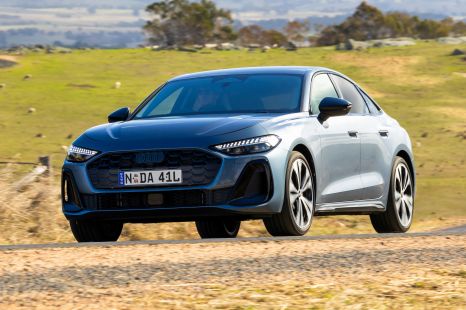

James Wong
2025 Audi A5 Sedan TFSI 150kW review
5 Days Ago
Chinese brand Xiaomi says sorry to customers after it limited the performance of its EV super sedan via OTA updates without telling them.

Deputy News Editor
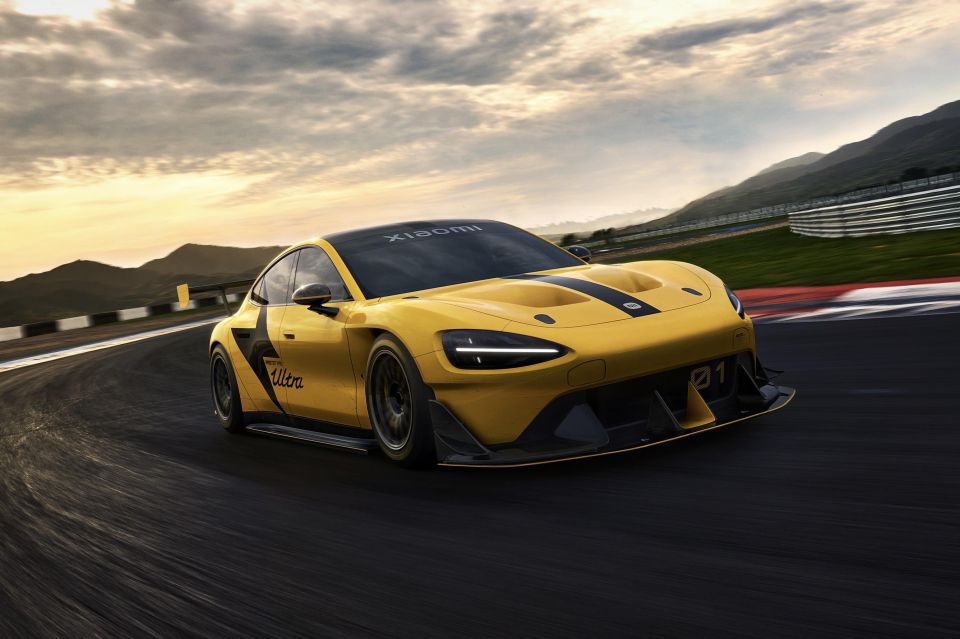

Deputy News Editor
Xiaomi has apologised to owners of its SU7 Ultra following a backlash when it limited the performance of the electric super sedan via over-the-air (OTA) software updates without advising them.
Drivers of the 1150kW-plus sedan – a prototype version of which unofficially smashed the Nürburgring lap record for a four-door vehicle last October – experienced a near-50 per cent reduction in power output and restrictions on the use of its launch control function.
It made the vehicle incapable of achieving its sub-2.0-second 0-100km/h acceleration claim – and its 350km/h top speed – even in the hands of existing owners who’d previously had access to the car’s full performance capabilities.
Hundred of new car deals are available through CarExpert right now. Get the experts on your side and score a great deal. Browse now.
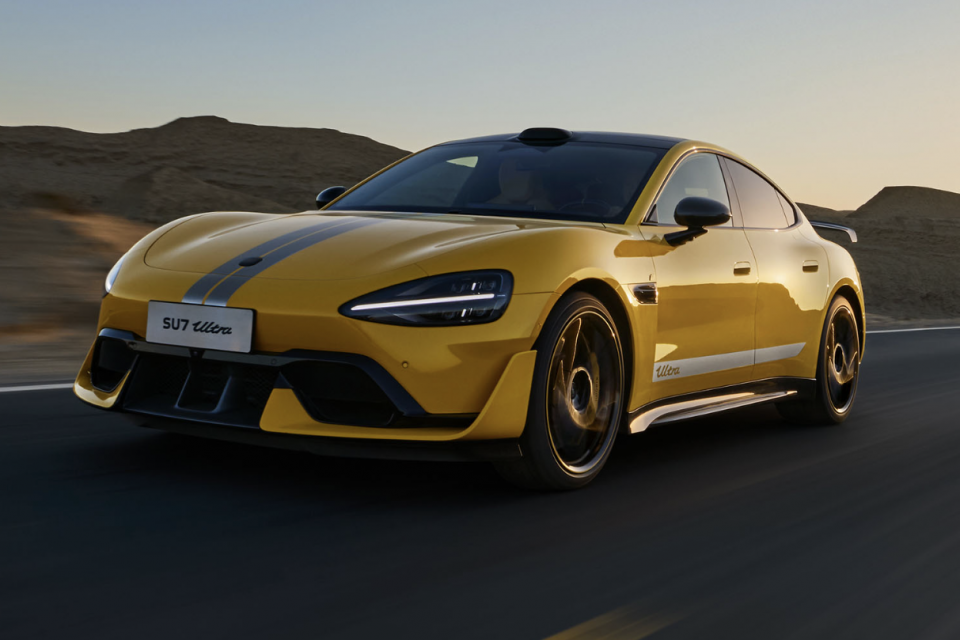
The carmaker has now removed the limits and issued a public apology.
“We recognise that major updates impacting user experience must involve thorough dialogue with our community,” a statement from Xiaomi read. “We appreciate the passionate feedback from our community and will ensure better transparency moving forward.”
Xiaomi is the world’s third largest smartphone maker, but the SU7 is its first production vehicle and the SU7 Ultra is its luxury performance flagship.
It’s one of many carmakers able to apply OTA updates remotely – including Tesla, Ford, BMW and Audi – including the ability to add or remove features.

Tesla has previously removed features remotely, such as lumbar adjustment in the Model Y mid-size electric SUV in 2021 after claims customers were not using it.
Tesla CEO Elon Musk also famously claimed in 2016 that all Teslas already incorporated hardware capable of making them “full self-driving”, a feature to be added via a future OTA update.
The prevalence of OTA updates is set to become standardised as the automotive industry introduces ‘software-defined vehicles’ as part of the move to electrification.
The SU7 Ultra went on sale in China in February 2025, ahead of first domestic-market customer deliveries in April, and Xiaomi plans to export the first examples from 2027, to overseas markets that may include Australia.

Xiaomi said it received 15,000 deposits for the SU7 Ultra in the first 24 hours after online orders for the Porsche Taycan GT rival opened.
The RMB 814,900 (A$174,600) SU7 Ultra comes with three electric motors generating 1154kW, all-wheel drive and a claimed 0-100km/h acceleration time of 1.98 seconds.
The controversial ‘1.7.0’ OTA update made the full power output unavailable unless the owner could “unlock the stable”, which would increase a newly imposed 662kW power limit to the full 1154kW.
To ‘unlock the stable’, SU7 Ultra owners were required to use a ‘Ranking Mode’ to set (or better) a specific lap time at a racetrack.

The venue would have to be approved by Xiaomi, and the result would be confirmed by the car’s on-board telemetry.
The OTA update also gave SU7 Ultra drivers a one-minute ‘cooldown’ delay in which to select the car’s launch control, a feature which was needed to achieve the 1.98-second 0-100km/h acceleration time.
Prior to the backlash, Xiaomi defended the move.
“The full 1548 horsepower [1154kW] output is designed for circuit use with appropriate tyres and preparation. We want to ensure owners can enjoy this performance safely,” a company spokesperson told Car News China.
Damion Smy is an automotive journalist with several decades of experience, having worked for titles including Car and Auto Express magazines in the UK, and Wheels and Motor magazines in Australia.


James Wong
5 Days Ago
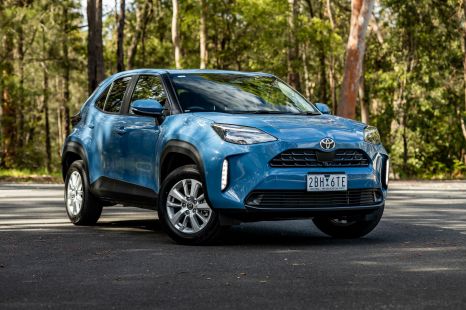

Matt Campbell
4 Days Ago
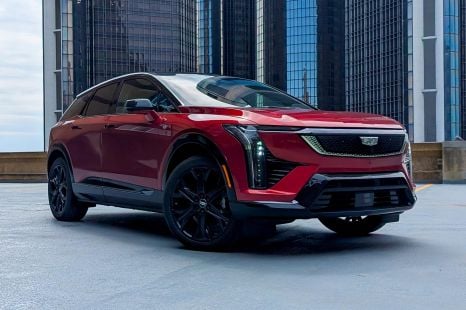

William Stopford
2 Days Ago
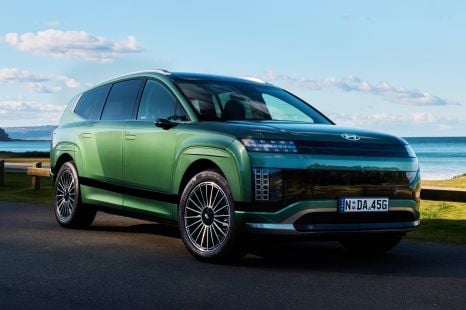

Josh Nevett
1 Day Ago
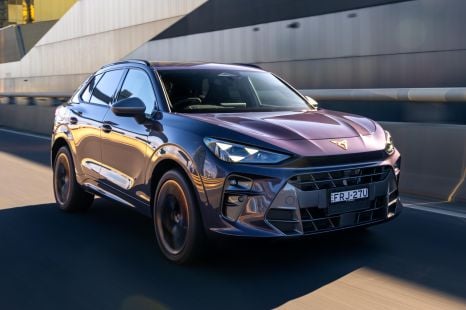

James Wong
1 Day Ago
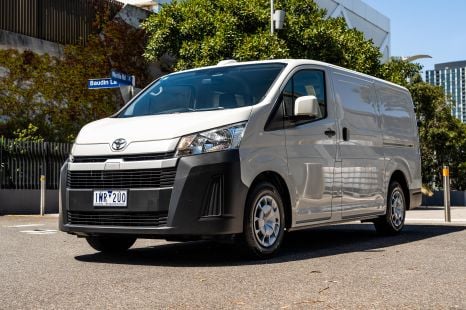

Max Davies
21 Hours Ago